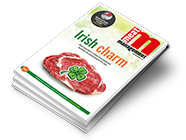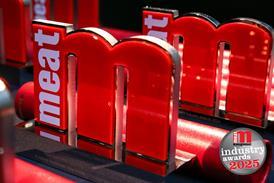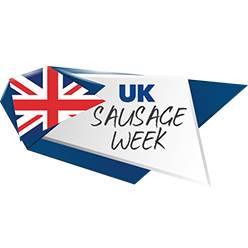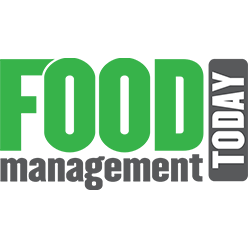Research from the Agriculture and Horticulture Development Board (AHDB) will aim to help butchers increase red meat demand and re-engage with consumers at butchery counters.
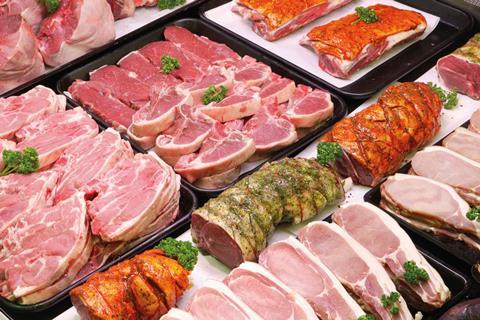
AHDB stated that independent butcher shops and supermarket butcher counters make up an “important albeit small” part of the retail market for red meat purchases. Currently, loose packaged meat and poultry found at these counters accounts for 7% of the total market, equivalent to almost 183 million kilos (Kantar/Worldpanel by Numerator, 52 w/e 20th April 2025).
Charlotte Forkes-Rees, retail and consumer insight analyst at AHDB, said: “These counters can play an important role in red meat retail performance. Consumers enjoy the personalisation of the service and the knowledge that a butcher can offer them, with 54% of consumers saying they feel a stronger connection to their food when purchased from a counter rather than an aisle (AHDB/Linney Reinventing Butchers Research April 2025).”
However, retail data showed that at a total market level, volumes of loose package red meat and poultry purchased are in a 3.2% decline and are underperforming compared to prepackaged products, which saw a 0.7% growth in the same period (Kantar/Worldpanel by Numerator, 52 w/e 20th April 2025).
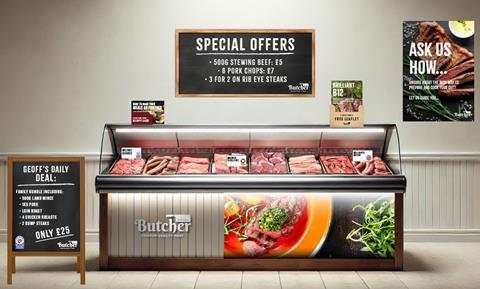
AHDB research found that there are a range of trigger points to entice shoppers and influence their purchasing decisions at different stages of their shopping: from afar, on approach to the counter and when looking directly at or inside the counter.
According to the AHDB research, large posters showing cooked meat and “foodie imagery”, along with chalk boards showing special offers, should be “utilised to attract attention” and get shoppers thinking about meal options.
It went on to find that consumers wanted to see leaflets and recipe cards at the counter as well as messaging themes regarding health, farming and provenance. Other messages that “strongly appeal” to consumers include those highlighting British farming expertise, local origin, welfare schemes or the health benefits of vitamins and minerals.
Within the counter, the research showed that while flags were the smallest format tested for displaying information, they are the second most influential for increasing purchase intent when showcasing awards, vitamins and minerals, and local information.
